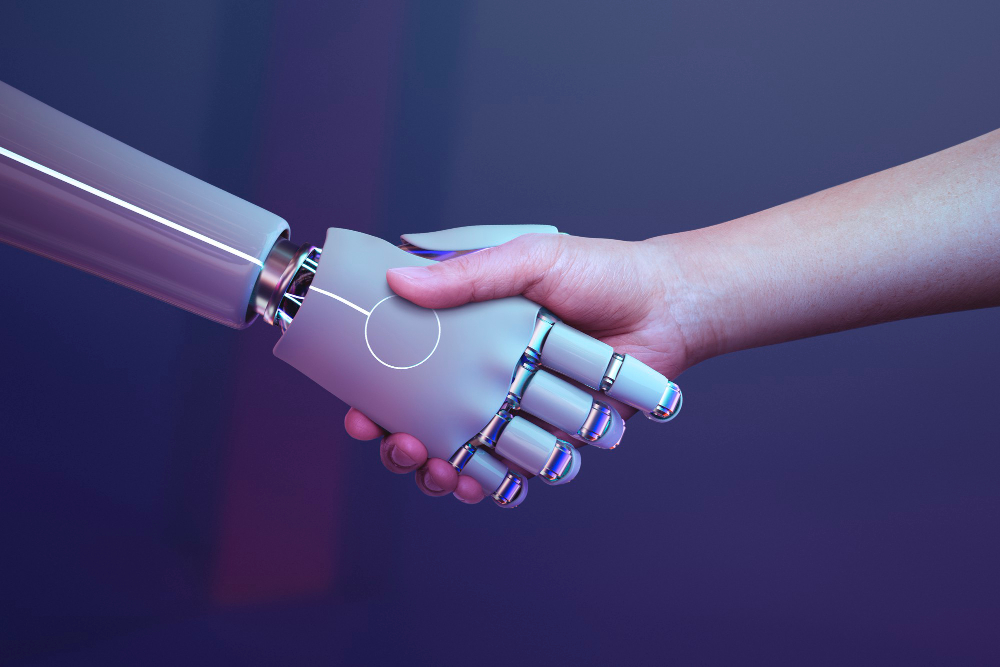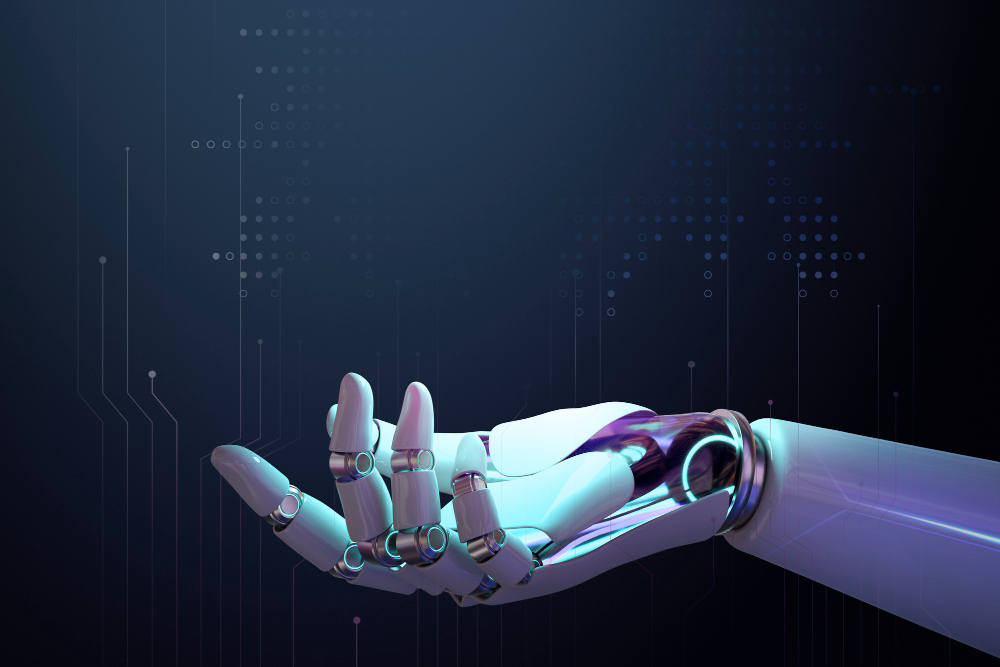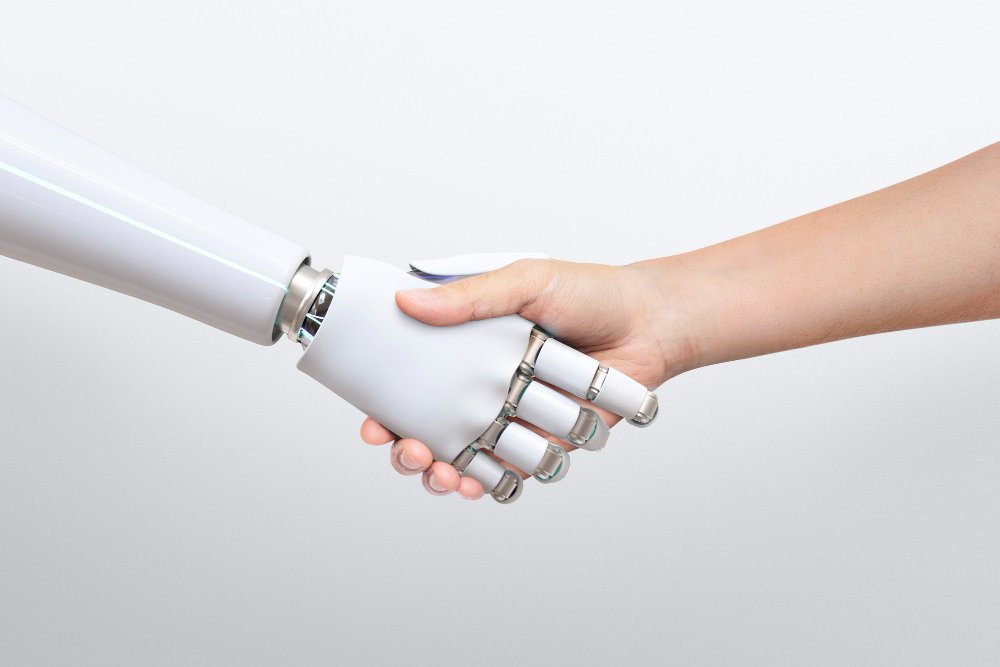The Never-Ending Debate: Will Machine Translation Replace Human Translation?
Since the inception of machine translators in the 1950s, the specter of their potential to replace human native translators has loomed large.
Yet, despite remarkable advancements propelled by artificial intelligence (AI), the age-old art of human translation continues to hold its ground.
In this discourse, we answer the commonly asked question “Will machine translation replace human translation?” and delve into the details of human and machine translation services, examining their capabilities, limitations, and the enduring debate surrounding their roles in the translation industry.
Are Machines Closing In on Perfect Translation, or Is Human Touch Still Essential?
In recent years, machines and artificial intelligence have undergone remarkable advancements, reshaping the landscape of linguistic communication.
Such advancements have propelled machine translation systems, such as neural machine translation (NMT), to the forefront of language processing.
Machine translation services excel in handling large volumes of content swiftly and economically, offering a viable solution for tasks that demand efficiency and scalability.
With the advent of NMT, translation accuracy has witnessed significant improvements for specific language pairs and contexts.
This makes them invaluable tools for tasks such as summarizing content or swiftly translating straightforward texts.
Furthermore, machines facilitate real-time language translation, enhancing communication across diverse linguistic backgrounds through communication apps and devices.
However, despite these strides, machines encounter limitations when confronted with intricacies inherent in language.
Complex, context-rich content, idiomatic expressions, cultural nuances, and specialized subject matter pose challenges beyond the grasp of machines.
In such scenarios, human translation emerges as the preferred choice, leveraging its capacity to navigate the subtleties of language and culture with finesse.
What Is Human Translation, And Why Are Native Translators Unquestionably Valuable?
At its core, human translation is the craft of transforming text from one language to another, guided by the deft hand and keen mind of a skilled translator.
This process is not merely about swapping words; it’s about grasping the essence of a message and delivering it with all the finer points and subtleties intact.
Imagine the scene: a native translator sits at their desk, poring over a manuscript with rapt attention. With each stroke of the pen or tap of the keyboard, they weave together the threads of language, infusing the text with their own unique blend of cultural insight and linguistic finesse.
But why does human translation matter? The answer lies in its ability to push past the limitations of machines and connect us on a deeper level.
While algorithms may churn out translations at lightning speed, they often miss the mark when it comes to capturing the soul of a text; the cadence of its rhythm, the beauty of its prose, the cultural references that give it depth and meaning.
Consider, for instance, the rich smorgasbord of idioms and expressions that pepper our everyday speech. From “raining cats and dogs” to “barking up the wrong tree,” these phrases are more than just words; they’re windows into the collective consciousness of a culture.
And it takes an adept human native translator, with their intimate knowledge of language and culture, to truly do them justice.

Demystifying the Three Stages of Human Translation
Human translation is a multifaceted process that goes beyond mere word substitution; it’s an art form that demands precision, cultural sensitivity, and linguistic finesse.
At its core, human translation involves interpretation, where the translator delves deep into the essence of the source document to ensure its message extends far beyond linguistic constraints.
This intricate process begins with a skilled linguist, fluent in both the source and target languages, who meticulously translates the text while remaining true to its intended meaning and spirit.
Through careful consideration of tone, style, and cultural nuances, the native translator ensures that the essence of the original text remains intact in the translated version.
But the journey doesn’t end there. The translated text then undergoes a thorough refinement process, where a professional editor meticulously reviews and polishes the translation.
This step ensures the accurate use of technical expressions and guarantees that grammar, punctuation, and other language elements are seamlessly integrated into the target language.
Finally, before the translated work reaches the client’s hands, a seasoned project manager conducts a comprehensive review to ensure that it meets all requirements and adheres to the desired format.
This final stage of quality assurance ensures that the translated work not only accurately conveys the meaning of the source document but also mirrors its tone and style.
In essence, the three-step professional human translation process is a testament to the dedication and expertise of translators, editors, and project managers alike.
Through their collective efforts, accuracy, precision, and authenticity are upheld, guaranteeing that the final translated work is in tune with its intended audience in both tone and substance.

Machine Translation Services Vs. Human Translation Services
Nowadays, the demand for translation services has soared to unprecedented heights, prompting a perpetual debate: Will machine translation replace human translation?
While machines boast efficiency and speed, human native translators bring a depth of understanding and cultural finesse to the table. Let’s delve into the complexes of this translation conundrum and explore the peculiarities of each approach.
Accuracy vs. Fluency: The Battle Unfolds
Machine translation services, fueled by cutting-edge neural machine translation (NMT) models, have undeniably revolutionized the landscape of translation accuracy. Yet, despite these advancements, seasoned native translators reign supreme in capturing the subtle nuances and cultural intricacies of language, delivering professional translation services that hit the mark with fluency and authenticity.
Contextual Understanding: Where Machines Falter
In the field of translation, context is king. Expert human translators possess an innate ability to grasp the context of a text, deciphering idiomatic expressions, humor, and cultural references with finesse. Machines, however, often stumble in this arena, leading to potential inaccuracies and misunderstandings, particularly in nuanced or specialized content.
Specialized Fields: The Expertise Factor
Subject-matter expert native translators, with their specialized knowledge and expertise, excel in fields such as legal, medical, and technical translation. Their deep understanding of complex terminology and jargon ensures detailed and authentic translations that meet the highest standards. While machine translation has made strides in these domains, it may still fall short in delivering the same level of precision and domain-specific knowledge.
Post-Editing: The Hybrid Solution
Many businesses have embraced a hybrid approach, leveraging machine translation services for draft translations and human translation services for post-editing. This synergy between man and machine combines the speed and efficiency of automation with the quality and accuracy of human expertise, offering the best of both worlds.
Cost and Speed: Efficiency vs. Precision
In the fast-paced competitive environment of business, time is of the utmost importance, and cost considerations loom large. Machine translation offers unparalleled speed and cost-effectiveness, particularly for large volumes of content or repetitive tasks. However, human translation, while slower and more expensive, secures a level of quality and precision that machines may struggle to match, especially in critical or specialized content.
Quality Assurance: The Human Touch
Human native translators serve as the gatekeepers of quality assurance, detecting and correcting errors that machines may overlook. Their ability to adapt translations based on feedback ensures continuous improvement in quality, instilling confidence in the reliability and accuracy of the final output.
Ethical Considerations: Balancing Privacy and Accuracy
Amidst the translation frenzy, ethical considerations come to the forefront, particularly in sensitive or confidential content. On-staff native translators, bound by professional codes of conduct and confidentiality agreements, offer reassurance in safeguarding privacy and upholding accuracy, mitigating the risks associated with machine translation in such scenarios.

The Final Verdict: Will Machine Translation Replace Human Translation?
To the question, “Will machine translation replace human translation?”, our answer is “No! Never completely.” It’s clear that both approaches bring valuable contributions to the table.
While machines excel in speed and efficiency, human native translators offer a depth of understanding and cultural finesse that machines struggle to replicate. The correct response, it seems, lies in finding harmony between the two. Machines and humans can do wonders when working together.
At Localizera, we recognize the importance of both human and machine translation in today’s fast-paced world. That’s why we offer a comprehensive range of translation services in over 260 languages, blending the speed and efficiency of machine translation services with the expertise and cultural insight of human translators.
With cost-effective rates and high-quality, speedy turnarounds, we ensure that all your translation and localization needs are met with attention to detail, clearcutness, clarity, thoroughness, and professionalism.
Whether you require lightning-fast translations for large volumes of content or nuanced, culturally sensitive translations for specialized fields, Localizera is always here to deliver exceptional results. Contact us today to experience the best of both worlds in translation services.



